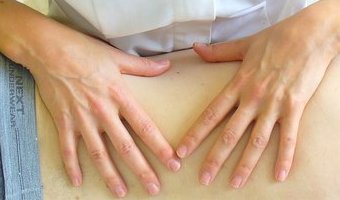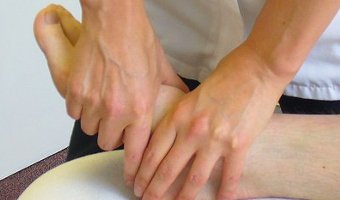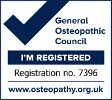Back pain exercise and manipulation (UK BEAM) randomised trial
Abstract (BMJ)
Objective
To assess the cost effectiveness of adding spinal manipulation, exercise classes, or manipulation followed by exercise (“combined treatment”) to “best care” in general practice for patients consulting with low back pain.
Design
Stochastic cost utility analysis alongside pragmatic randomised trial with factorial design.
Setting
181 general practices and 63 community settings for physical treatments around 14 centres across the United Kingdom.
Participants
1287 (96%) of 1334 trial participants.
Main outcome measures Healthcare costs, quality adjusted life years (QALYs), and cost per QALY over 12 months.
Results
Over one year, mean treatment costs relative to “best care” were £195 ($360; €279; 95% credibility interval £85 to £308) for manipulation, £140 (£3 to £278) for exercise, and £125 (£21 to £228) for combined treatment. All three active treatments increased participants’ average QALYs compared with best care alone. Each extra QALY that combined treatment yielded relative to best care cost £3800; in economic terms it had an “incremental cost effectiveness ratio” of £3800. Manipulation alone had a ratio of £8700 relative to combined treatment. If the NHS was prepared to pay at least £10 000 for each extra QALY (lower than previous recommendations in the United Kingdom), manipulation alone would probably be the best strategy. If manipulation was not available, exercise would have an incremental cost effectiveness ratio of £8300 relative to best care.
Conclusions
Spinal manipulation is a cost effective addition to “best care” for back pain in general practice. Manipulation alone probably gives better value for money than manipulation followed by exercise.
For the full research paper text go to:
https://www.bmj.com/content/329/7479/1381







